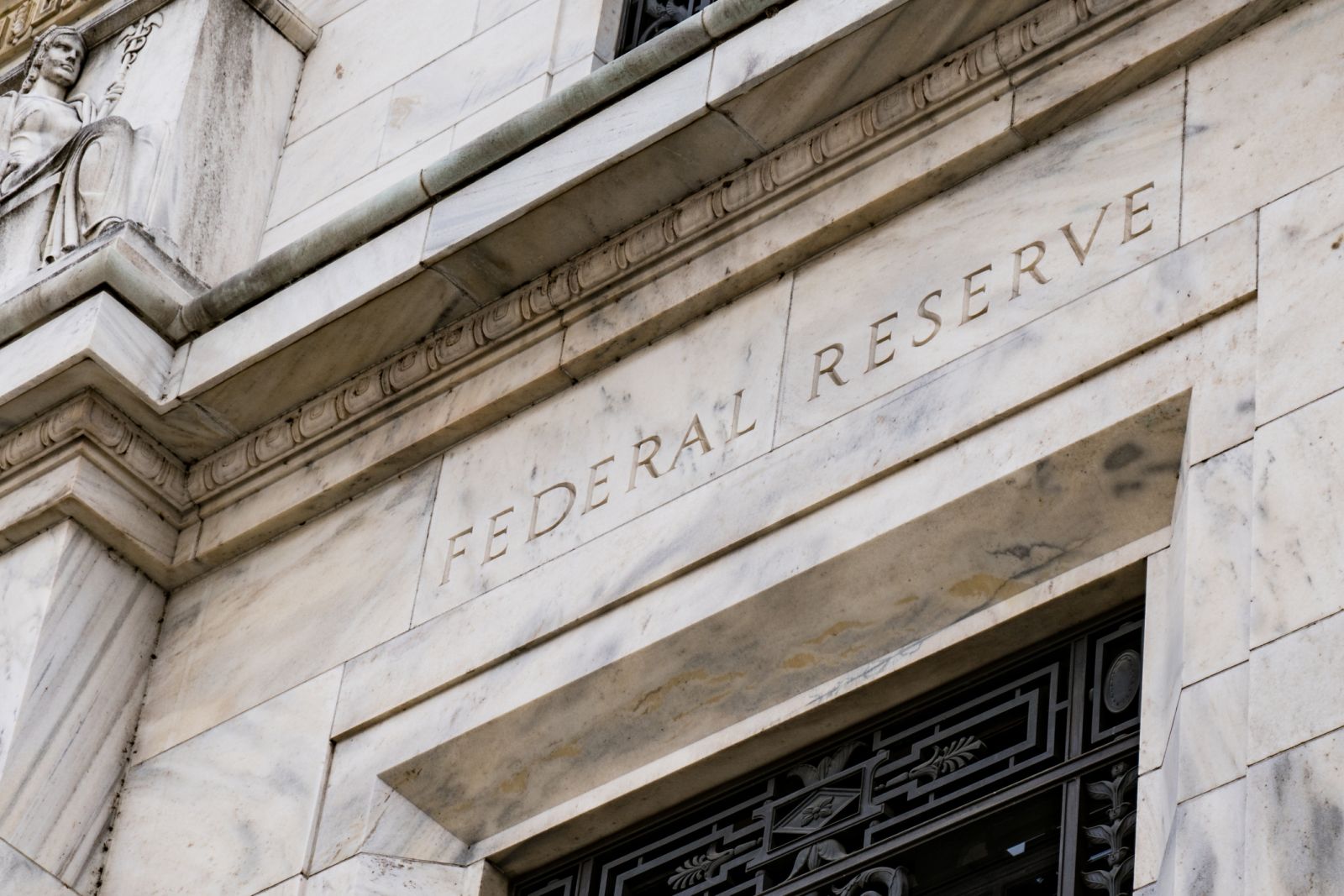
The Federal Reserve, since early 2022, has been raising interest rates to ease inflation pressures without causing the economy to contract, an ideal scenario that some economists call a “soft landing.” A soft landing is defined as when the Fed is able to slow the economy enough to curb demand and bring inflation down but not so much as to cause a significant downturn and a big rise in unemployment. With inflation falling and economic output still growing, the likelihood has improved that the Fed can pull off the feat.
History suggests that a soft landing scenario is almost impossible to attain. Back in 1994-95, the Federal Reserve was able to accomplish a soft landing. The Fed doubled the federal funds rate to 6% and succeeded in slowing economic growth without sending the economy into recession. However, the tighter credit did have adverse consequences. It led to considerable losses in the bond market and contributed to the 1994 bankruptcy of Orange County, California. The surge in interest rates also compelled Mexico to seek a bailout from the U.S. and International Monetary Fund.
Recent U.S. economic data shows the economy may be on track for a soft landing. Oct retail sales fell -0.1% m/m, a smaller decline than expectations of -0.3% m/m. Also, Oct retail sales ex-autos unexpectedly rose +0.1% m/m, stronger than expectations of a -0.2% m/m decline. Meanwhile, Oct CPI ex-food and energy eased to +4.0% y/y from +4.1% y/y in Sep, better than expectations of no change at 4.1% y/y and the smallest increase in over two years. Also, Oct PPI ex-food and energy eased to +2.4% y/y, from +2.7% y/y in Sep, weaker than expectations of no change at +2.7% y/y and the smallest year-on-year increase in 2-3/4 years.
The resiliency of the U.S. consumer has surprised many analysts, leading them to rethink their recession forecasts, with some analysts encouraged about the prospects for a U.S. soft landing. The chief economist at Comerica Bank said, “Consumer spending will continue to grow in 2024 but at a modest pace. The economy has a good shot at returning to a more normal rate of inflation and pace of growth without slipping into recession.”
It remains to be seen if consumer spending will hold up, given a cooling job market, lingering inflation, and higher borrowing costs. Target (TGT) reported this week that sales dropped for a second consecutive quarter as customers curbed spending on some discretionary categories. Also, Walmart (WMT) today said there was a “sharper falloff” in sales in the last two weeks of October and that they are “more cautious on the consumer than they were 90 days ago at this time.” However, Target CEO Cornell said it sees “great resiliency” in the face of mounting consumer challenges. Also, the chief international economist for ING Financial Markets said recent U.S. economic data “feeds the soft landing narrative with subdued price pressures and resilience in activity.”
On the date of publication, Rich Asplund did not have (either directly or indirectly) positions in any of the securities mentioned in this article. All information and data in this article is solely for informational purposes. For more information please view the Barchart Disclosure Policy here.






